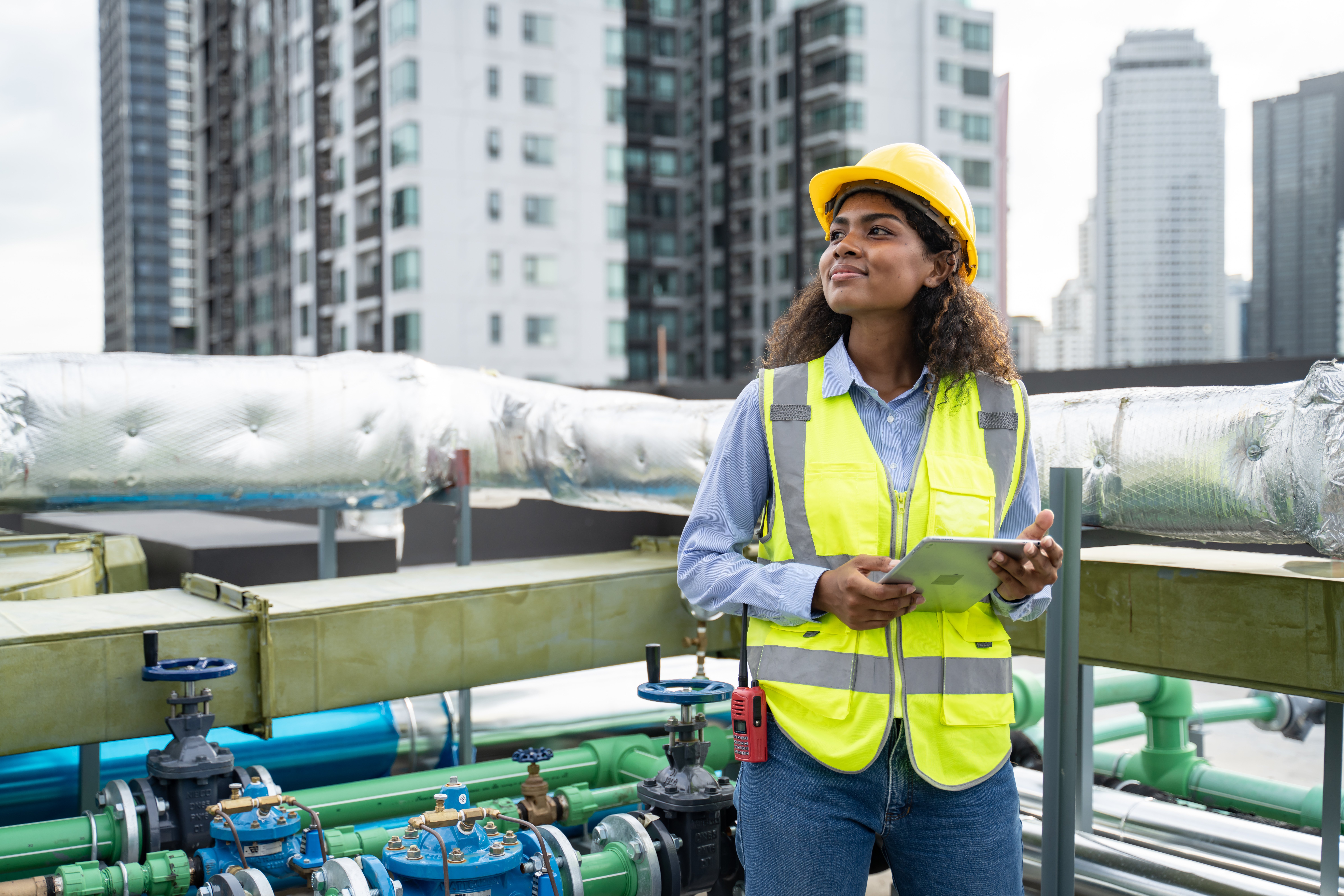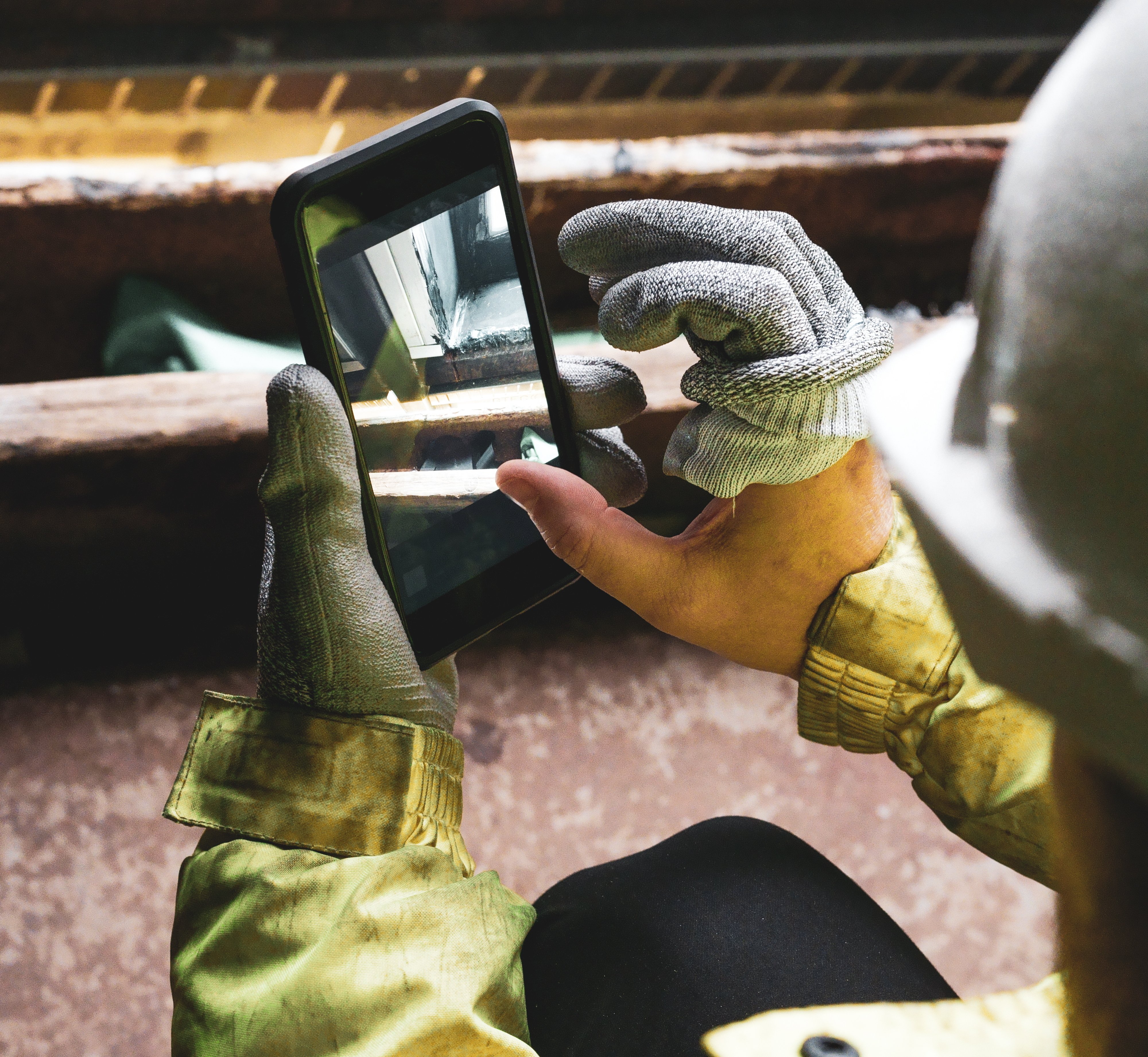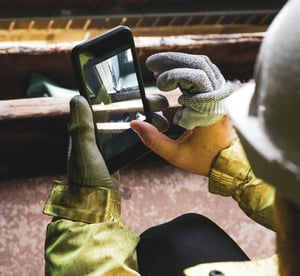One often overlooked yet crucial aspect of Part L compliance is the use of photographic evidence. In this article, we will explore the importance of photographs, the specific details to capture, and practical tips for documenting your construction project.
Skip to:
Capturing Photographic Evidence for Part L Compliance
Who Needs to Take the Photographs
Best Practices for Photographs
What Happens After Collecting Evidence
How Sablono Simplifies Part L Compliance
Capturing Photographic Evidence for Part L Compliance
The latest updates to Appendix B of Approved Document L Volume 1 outlines that photographic evidence is required to document adherence to the required standards. These photographs serve as tangible proof of compliance. You must maintain a comprehensive record throughout the entire construction process.
Photos must:
- Document compliance at each stage of the project
- One photograph per detail.
- Be of sufficient quality and high enough resolution to allow a qualitative audit of the subject detail.
- Geolocation should be enabled to confirm the location, date and time of each image.
- Each image file name should include a plot number and detailed reference.
.jpeg?width=6000&height=4000&name=AdobeStock_325534601%20(2).jpeg)
Why Construction Photographic Evidence Matters
Photographs provide visual proof during construction, allowing energy assessors and building control bodies to assess compliance with Part L regulations. They offer transparency, accountability, and accuracy throughout the compliance assessment process.
Want to learn more about Part L? Check out our Ultimate Guide to Part L Building Regulations for everything you need to know.
When to Capture Photographic Evidence
You’ll need to ensure that all photographic evidence and documentation are collected and easily accessible to demonstrate compliance. This should be taken at the Construction & Manufacturing Stage (including prefabricated items), ready for project handover.
.png?width=1600&height=1000&name=MicrosoftTeams-image%20(76).png)
Key Details to Capture
When taking photographs for Part L compliance, focus on these important details to document each of the key construction stages:
Foundations/Substructure and Ground Floor: Capture thermal continuity and insulation quality at the ground floor perimeter edge, external door thresholds, and below the damp-proof course on external walls.
External Walls: Document thermal continuity and insulation quality at the ground floor to wall junctions and structural penetrating elements.
Roof: Take photos at the joist/rafter level and around eaves and gable edges to showcase thermal continuity and insulation quality.
Openings: Photograph the thermal continuity and insulation quality of windows and external doors in relation to cavity closers or insulation lines.
Airtightness: Include additional photos to demonstrate airtightness details if not captured in continuity of insulation images.
Building Services: Capture plant and equipment associated with heating, hot water, ventilation, and low or zero-carbon technologies. Include identification labels, continuity of insulation in primary pipework, and mechanical ventilation ductwork outside the thermal envelope.

Who Needs to Take the Photographs?
Photos can be taken by anyone including manufacturers, trades or project managers. The key is to ensure that these roles are defined at the start of the project to ensure that no key aspects are missed.
Best Practices for Photographic Evidence
To ensure effective photographic evidence, follow these practical tips:
Use Digital Format: Ensure all photos are in digital format - PDFs, JPEG or PNG files work best.
Ensure Quality: Take clear and well-lit photos in high-resolution to provide accurate visual information that allows for detailed assessments.
Multiple Angles and Close-ups: Capture different angles and close-up shots when necessary to capture all relevant details.
Enable Geolocation: Use geolocation on your camera to record the location, date, and time of each image.
Consistent File Naming: Develop a standardised file naming convention that includes the plot number and detail reference mentioned in Part L regulations (e.g., Plot 1 eaves detail: P1/3b).

What Happens After Collecting the Required Photographic Evidence?
After collecting photographic evidence, you’ll need to submit it to the OCDEA (On-Construction Domestic Energy Assessor) for review.
The energy assessor follows specific rules to determine how they analyse the images, what actions they should take, and the consequences of not providing images during construction (even for off-site manufactured elements).
Based on this assessment, additional changes may be needed in other areas to maintain compliance with Part L regulations.
The assessor will also evaluate the As-Built Building Regulations Energy Label (BREL) and the Energy Performance Certificate (EPC) for the dwelling.
It is important to note that at this point, the building control body should receive the EPC, BREL, and photographs as evidence. These documents serve as proof that the building meets the energy efficiency requirements specified in Part L.
You should also submit the photographic evidence along with the EPC, and BREL to the building owner at handover.
How Sablono can help
Sablono allows you to easily define, capture, store and share geotagged photographic evidence for Part L compliance.
Here’s how it works…
- Create pre-defined workflows with activities aligned to Part L requirements and assign and notify trades.
- Trades use the Sablono app to capture photos of their work and can attach the relevant documents and Quality Assurance Checklists to support this.
- Trades then submit these for review once work has been completed.
- Management immediately receive a notification that work has been completed and can approve or reject tasks based on the work meeting the requirements. This ensures all work is carried out to the required standards.
- All photos are stored in Sablono and can be collated and exported in a compliant PDF format that can be easily shared with stakeholders in moments.
{Learn more about Sablono's photographic evidence for Part L compliance here: Geo-tagged construction photographic evidence software.}
Sablono simplifies Part L compliance by providing:
- Workflows with Built-In Part L Compliance. Trades are alerted to the requirements they need to work to, what evidence they need to capture and when they need to capture it.
- Comprehensive Digital Audit Trail. Document photographic evidence throughout the build of the project.
- Single Source of Truth. All compliance data is collected in real-time and stored in a single, connected system.
- Automated Dashboards and Reports. Create reports and easily export and share evidence of Part L compliance in moments.
- Claims Management Evidence. With a digital audit trail that runs for decades, always have access to the evidence you need, whenever you need it.
Get started with Sablono for Part L compliance
Photographic evidence is a vital component of Part L compliance but without the right tools, this can be difficult to achieve across your projects. Sablono's powerful features enhance accountability, compliance-proof your workflows and protect against claims. Learn more here: Sablono's construction compliance software.


